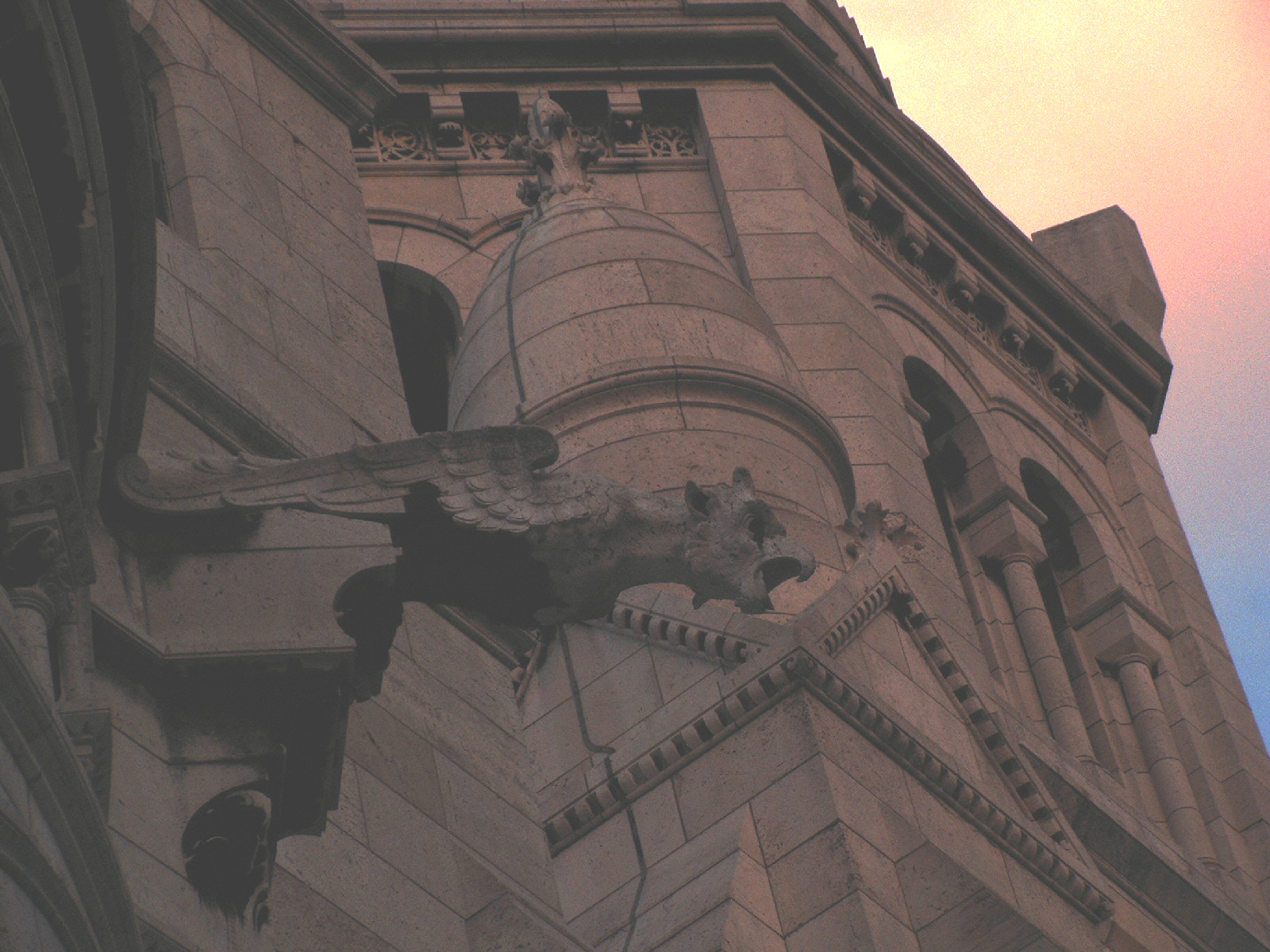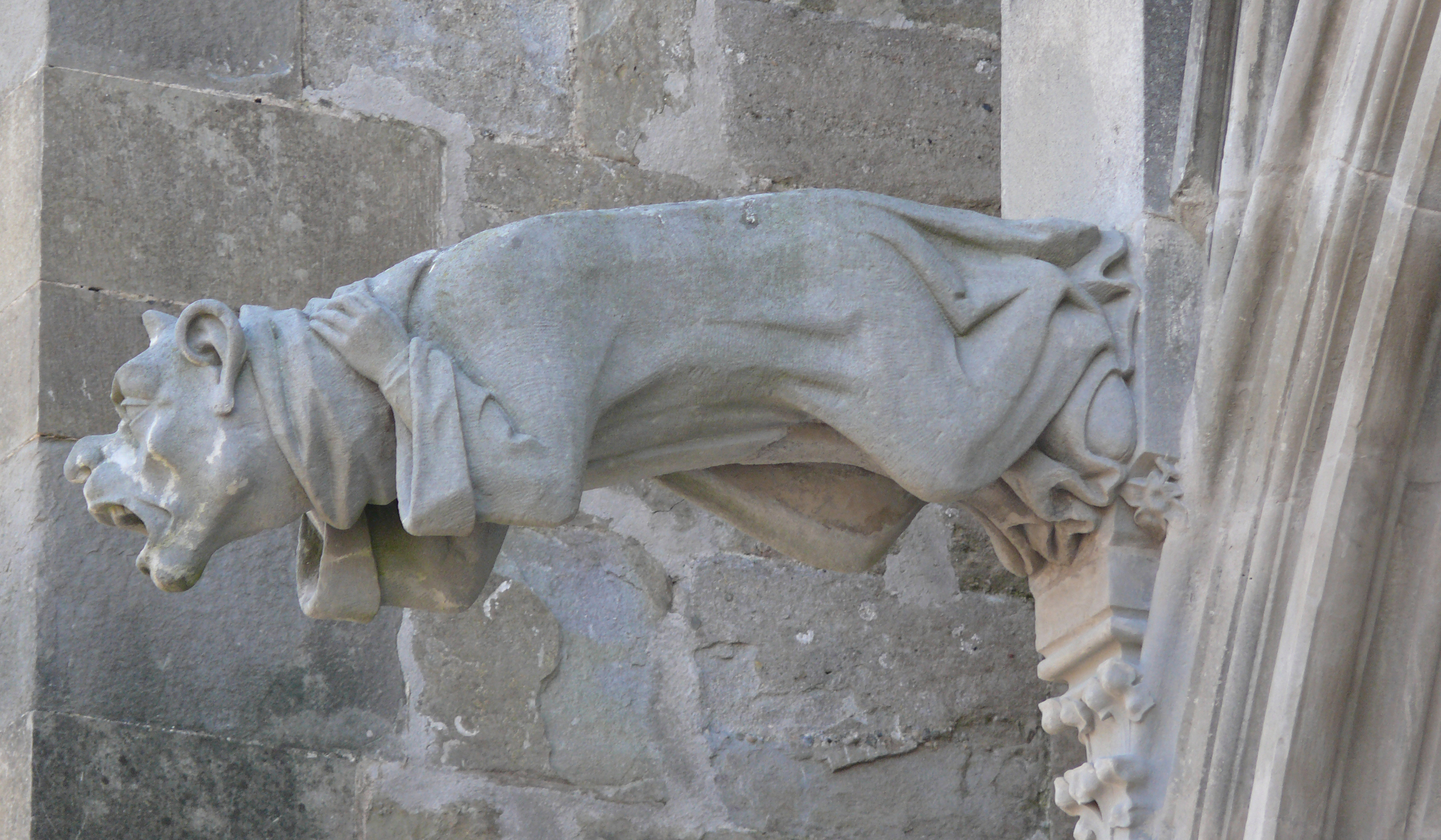The more I read about gargoyles, the more I am starting to think that there is no single right answer to the question of their existence. Even if you only consider medieval European gargoyles, there is too much diversity (in style, subject matter, etc.) for any universal interpretation to be truly convincing. In fact, it is difficult to even make accurate generalizations about them.

However, there are an extremely large total number of gargoyles with significant similarities among a great many of them, so I am sure that they must all be connected in some way and carry meanings with some degree of importance. It is pretty common in art history for symbolism to evolve and change. Styles frequently gain new significance and lose old associations, especially as they migrate across time and space. We have already seen this in American gargoyles, which continue to be created for modern motives although their original meanings have been lost to time. It is thus highly possible that gargoyles’ reasons for being evolved throughout the Middle Ages as well.

In Holy Terrors: Gargoyles on Medieval Buildings, which I finished reading on Thanksgiving and have been thinking about this weekend, the author Janetta Rebold Benton talks a lot about medieval myths and legends, Bible stories, morals, beliefs, and other artistic symbolism that seem in one way or another connected to the characters represented by various gargoyles. Maybe it’s just the fact that I have written about similar topics in the past and am thus very amenable to the idea, but my instinct tells me that looking more closely at such associations between gargoyles and other aspects of medieval culture may be our best bet at understanding these little critters.

